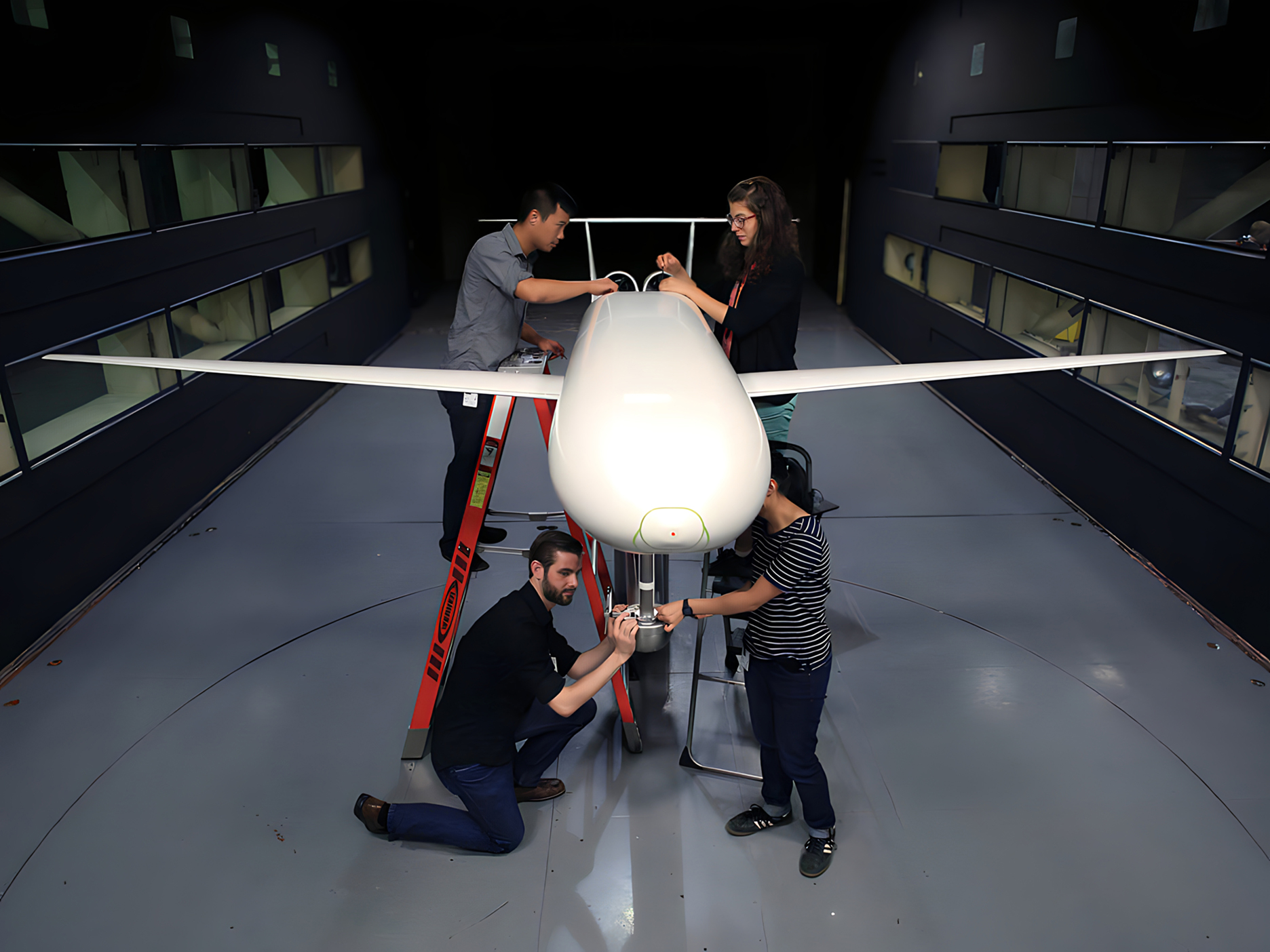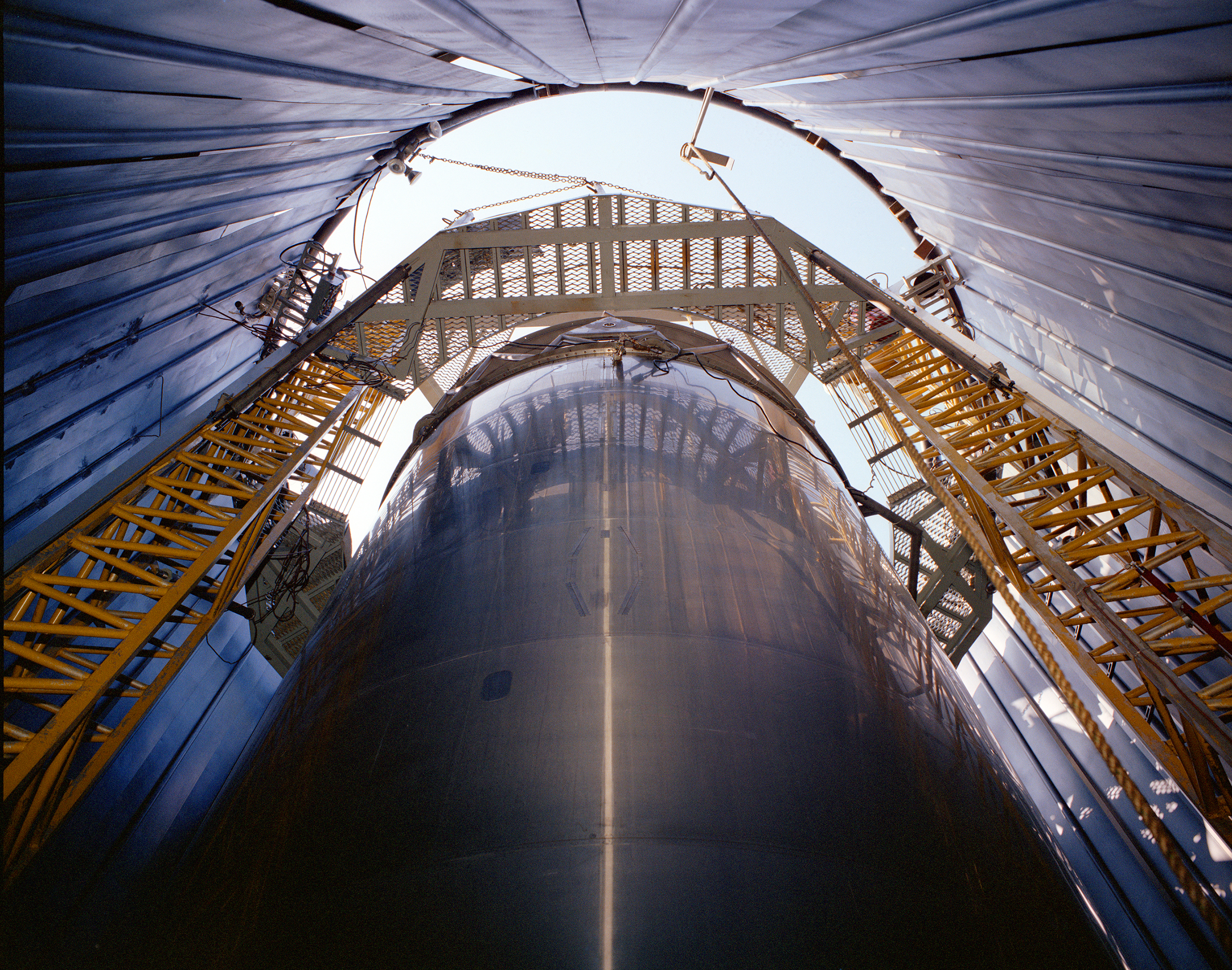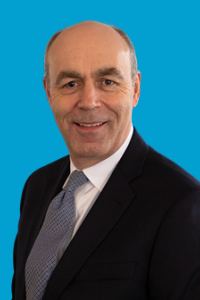Innovative Partnerships and Land Use at Langley
NASA research facility looks to use its capabilities to advance drone research
When President Donald Trump announced in June he would “unleash drone dominance,” it’s no surprise that the Commonwealth looked to NASA and its 108-year-old Langley Research Center in Hampton for guidance. Drone technology has advanced quickly, but the rules and technology to use drones safely in crowded airspace have not. Enter Langley.
“We want to offer our capabilities, our expertise,” said Kevin Rivers, Langley’s associate center director, Technical. “Advanced Air Mobility could revolutionize how we do business in the Commonwealth.”
Boosts for Aviation, Manufacturing
NASA Langley has already forged partnerships with:
- Firefighters, to use drones to suppress wildfires when darkness or smoke make manned flight impossible
- First responders, to target relief and rescue operations during and after natural disasters
- Manassas-based aerospace company Electra, to test aircraft that use one-tenth the space to land and take off as conventional planes, with a hybrid electric engine that reduces noise and emissions. Electra has more than 2,200 preorders for its nine-passenger model and flew a smaller model in 2024 at NASA Langley
- The United Network for Organ Sharing in Richmond, to use drones to speed organ delivery, increasing transplant success rates
“If we can shorten transit time to get an organ to the hospital, then we can increase the opportunity for someone to use that organ,” Rivers said.
NASA Langley is developing technology that enables drones to detect one another and avoid collisions, which has been tested at NASA Wallops Flight Facility in Accomack County on the Eastern Shore. An advanced air corridor between Langley and Wallops might be in the future, boosting economic development in Hampton Roads and beyond.
Wallops is home to the Mid-Atlantic Regional Spaceport, a commercial facility to launch into low-Earth orbit craft designed to manufacture things in a microgravity environment, which could lead to a competitive edge over terrestrial-bound manufacturers. Langley has expertise in how best to land spacecraft.
“It could be medicines. It could be electronics,” Rivers said. “There are so many things that could be manufactured in a low-microgravity environment that would be a huge advantage.”
An air corridor moving people and products between Langley and Wallops would be a boon to Hampton Roads. “That would be a game-changer,” said Doug Smith, chair and CEO of the Hampton Roads Alliance.

NASA Langley Research Center, Hampton
Aligning Potential Partners
NASA Langley is partnering with Joint Base Langley-Eustis — they share a fence line — to offer their site for companies seeking to test drones and flight control systems in an urban environment — all without the need for Federal Aviation Administration approval because the Langley facilities can certify on their own.
To operate drones safely and effectively, engineers need to understand the atmosphere where they fly — another area of focus at Langley, where wind tunnels and experts in fluid dynamics test the varied conditions encountered by drones and advanced aircraft.
When it comes to designing navigation and air space control, NASA Langley has world-class mathematicians and a proven legacy of success. It was there that a team that included three Black women did the math that enabled John Glenn to become the first American to orbit the Earth — a story shared in the 2016 Best Picture nominee Hidden Figures.
Just as complicated as the math: the new drone rules proposed by the FAA. The first public draft, published in August, clocked in at 173 pages.
“We have a different perspective from regulators and commercial entities that are trying to bring those systems to market. We can be an effective, honest broker,” Rivers said.
The effort to attract business is aided by another accomplished neighbor — the Thomas Jefferson National Accelerator Facility (Jefferson Lab), a nuclear physics research facility with the U.S. Department of Energy.
While people associate NASA with space exploration, one-third of Langley research is on advanced aviation, including measuring ways a supersonic jet built by Lockheed Martin, the X-59, muffles sonic booms. It was sonic booms that prevented the Concorde from flying over land, a limitation that made it a money-loser. The X-59 is designed to overcome that constraint while flying 925 mph, 40% faster than the speed of sound, and halving flight time between Washington and Los Angeles.
A History of Breakthroughs
The trailblazing work at NASA Langley is a source of pride in its hometown of Hampton, which has a network of bridges and roads named in tribute to NASA astronauts, said Mike Yaskowsky, the city’s interim deputy director of economic development.
Langley doesn’t just provide a storied history — it’s integral to building a prosperous region and state. Hampton has partnered for years with NASA, offering grants to local companies seeking to commercialize the agency’s technology.
In recent months, collaboration has expanded, with NASA Langley drawing leaders from VEDP and the Hampton Roads Alliance to tour a research center that houses 200 facilities across 764 acres, employing 3,400 civil servants and contractors.
“With advances in air mobility, in my lifetime, I may be traveling in a vehicle without wheels, and NASA Langley will likely play a major role in making that a reality,” Yaskowsky said.
NASA Langley is one of Hampton Roads’ prized jewels, along with the Jefferson Lab, numerous colleges and universities, and 17 military bases. It could become an innovation corridor that draws companies to the region.

NASA Langley Research Center, Hampton
“Just as the Massachusetts Institute of Technology attracts top talent and entrepreneurs to Boston, NASA Langley is a vital part of our aerospace ecosystem, fueling companies and investment in Hampton Roads — an opportunity that can be further leveraged,” Yaskowsky said.
‘The Future of Aviation’
That air mobility work is underway, said Smith, who was especially impressed with NASA’s Air Traffic Operations Lab, where pilots navigate virtual drones through New York and Los Angeles. “We think air mobility is a very strong play for Virginia,” Smith said. “This is the future of aviation.”
NASA Langley has laid groundwork for collaboration, he explained, creating a strategic partnership office that engages leaders in industry, academia, and government, and preparing a Space Act Agreement that will enable NASA staff to work with key players in the private and public sectors.
One beneficiary could be Newport News/Williamsburg International Airport, which is so close to Norfolk and Richmond that it struggles to attract conventional aviation. Newport News City Council has committed $4 million to help the airport shift from conventional aircraft to innovation, logistics, and advanced mobility. A turnaround could attract business to 350 acres of adjacent land that is primed for development. The Hampton Roads Air Study last year projected that by 2045, Advanced Air Mobility could generate $16 billion in new business and create 17,000 jobs.
“We are fortunate to have NASA Langley virtually next door to the airport,” Smith said. “Clearly, they can play an important role in shaping the future of aviation at this amazing asset.”


